CATERINA BARBIERI’s Landscape Listens
|Shane Anderson
With blasts of staccato synths and frenzied patterns, the music of Italian composer Caterina Barbieri is a deluge. It overwhelms you like loud club music but without using any of club music’s hallmark strategies. Even though it’s electronic music, there’s no four-to-the-floor drums to get sweaty to or drops that create suspense, anticipation. And in a sense, Barbieri’s music works against the latter. Her tracks are often paired, and so you hear the same thing twice, but anew. Take “Math of You” and “Myuthafoo” on her latest album Myuthafoo, where the first presents a sped-up version of an algorithm on a sequencer, and the second spreads the same material out to its limit (a similar strategy can be found on her 2017 album Patterns of Consciousness).
As I learned from speaking to Barbieri over Zoom, nature is not an unimportant source of inspiration. But she isn’t so much trying to depict a landscape with watercolors as trying to recreate the sense of wonder while watching a volcano erupt. These feelings are explored in various settings, including in Gisèle Vienne’s Extra Life, which was recently presented at the Ruhrtriennale in Essen. There, Barbieri’s music both heightened the emotional intensity of Vienne’s piece about coming to terms with sexual abuse and provided a sense of catharsis. When we spoke, Barbieri was preparing for her presentation on September 7, 2023 at Berlin’s Atonal festival.

SHANE ANDERSON: How are things coming along for Atonal?
CATERINA BARBIERI: Great. I’m very excited. I’m working on new music for the show. It’s a collaboration with Space Afrika, which might be surprising to some, but I really wanted to work with them.
SA: How did the collaboration come about?
CB: The people at Atonal asked me if I wanted to do something, and I said I wanted to work with them. But then I was very shy. I always am when I reach out to people.
SA: Why did you want to work with Space Afrika?
CB: I love their album Honest Labour and have been listening to it a lot. And even though our music comes from different backgrounds, we share this mix of melancholy and sadness but also this craving for rebirth in healing. I think the music we make searches for the transformative potential of music and finds beauty in pain. Music has always been a healing force in my life. A shelter where you can transform complex feelings like sadness and pain and rage into something positive.

SA: You mention that you have an obsessive mind, which would seem to suggest you’re controlling, yet you’ve done several collaborations in the past. What’s with this dualism between control and liberation?
CB: Letting go of control and letting people into my musical universe has been a process of growth. It’s also something quite recent. For the first ten years, I was really focused on my music and quite obsessive about it when I studied classical guitar, then went to university and to Stockholm to study electronic music. And then at some point a few years ago, I felt the need to explore a more collaborative format. I think this was also a reaction to the pandemic. I was extremely isolated in Milan at the time, and Milan was one of the darkest spots. I was locked in my flat for months and doing something collaborative felt like a way to heal that trauma. I also started my own label during that time. I wanted to be independent and put out my own stuff and to give space to other people and release their music.
SA: How easy is it for you to let go?
CB: Now it’s easy. I’ve gone through a lot of changes in my life, it’s been a very transformative year, and I’ve been discovering this new way of working with people. It’s such a gift. And working with Space Afrika has been really inspiring because in the past I’ve collaborated with people who were closer to my way of working and Space Afrika aren’t. They work a lot with samples and have this very UK way of doing things, whereas I’m more oriented towards the live performance. When I compose music, I’m always thinking about how playable it is. I want to be able to do something in real time. I think this is connected to my background as a guitarist and studying music in a more classical manner.

SA: You studied at an academy but were also in DIY bands when you were younger. Now, your music is featured in festivals and in dance performances. What’s the ideal situation to listen to your music? Is there a particular space for you?
CB: It’s Kraftwerk, where Atonal happens. That’s my favorite venue in the world. It’s the best place for my music and it really shaped it as well. I got to play there very early in my career, when I was still developing my sound, and the acoustics and architecture of that space shaped my musical thinking.
Kraftwerk’s this old power plant that looks like an industrial church. That’s to say it has this vertical quality to the architecture that is very impressive, both visually and acoustically. There’s a lot of reverb and reflections in the space. And so, when you play music, you have to interact with that. It’s almost like the space becomes a living organism that reacts to the music you’re playing.
When I was first invited to play there, I wanted to do something different than the textural sounds, long drones, and really dark atmospheres that I had heard there from others before. Instead, I wanted to take a more pointillistic approach and play with isolated sounds and melodic gestures. Then the space added musical layers to the music. You start hearing echoes, reverb, and delay there. So, I ended up working with patterns, repetitions, and a lot of intricate delays, because the space and the acoustics inspired me to work that way. And that basically became my music.
SA: So, could you generalize and say space is a big inspiration for you?
CB: Yeah. Space really shapes music and the time organization of music. Centuries ago, churches influenced the development of polyphonic music, for example, due to the reverb in the buildings. If you go to church and start singing, it will be repeated with a delay, and you will start hearing harmony because of the space. And the same goes for Berghain. I often think about how the Berghain acoustics shaped recent techno productions.

SA: If your music was originally a response to the acoustics at Kraftwerk, how do you deal with the space now that you’ve included reverb and the like into your productions?
CB: I use less artificial reverb and let the natural reverb of the space take over. I’m always amazed at how sound behaves in that room. It sounds cheesy, but I feel like God when I play there because of the crazy sound projection in the room. Every minimal gesture is amplified and projected on this gigantic scale. Lately, I’ve really been enjoying playing at more outdoor venues. Recently, I played this private concert on a ranch in the US in the middle of the mountains, and I was just playing with the natural reverb of the mountains. There were a lot of ping pong effects between the peaks. It was surreal.
SA: Where was that?
CB: In Wyoming.
SA: You’ve also played on top of a volcano.
CB: Yes, I played on Mount Etna in Sicily. It’s at an altitude of like 3000 meters, so first we had to hike up there with all the instruments. We set up close to a dead crater. It was extremely cold and there was a very strong wind that went into the crater then came full speed at me. During the set, the laptop fell to the ground. The music went on and everything was ok but witnessing the power of nature in that context was so inspiring. In fact, I’m very inspired by nature in my music in general. I think music is the closest language to nature. And for me, music is the way to translate those ineffable feelings that I have when I have close encounters with nature—you know, like feelings of awe and wonder.
SA: Does the music translate them or reproduce them in a new form? There’s a difference between, say, seeing a volcano erupt and translating them into words and another when you take this sense of awe that you experienced and produce it through other means.
CB: For sure. It’s a reenactment, and that’s why you get goosebumps at concerts sometimes. Sound bypasses the visual and linguistic parts of the brain. It’s pre-grammatical, and triggers very deep emotional reactions. Music is also an extremely physical experience. When you listen to loud music, you start physically vibrating with the sound. It puts all your senses and body into motion and this motion is in sync with the vibrational patterns of the air around you. And that’s what’s so interesting, because sound isn’t material, right? It’s immaterial and yet… I think about sound as a spiral that connects the material and the immaterial, the visible and the invisible, the physical and the metaphysical.

Literature can also be powerful and pious. I get goosebumps when I read really good poems.
SA: What poets do you like?
CB: I like some Italian poets, such as Christina Campo and Pasolini—but who doesn’t like Pasolini?
I also like Emily Dickinson because she expressed this spiritual connection to nature. There’s a transcendental quality to the work that I really resonate with. For me, music is a way to channel spirituality without looking completely crazy.
SA: But it’s just one way to make such a connection, right?
CB: Spirituality is very difficult in our society, and it’s hard to cultivate. The same goes for the connection to nature. It’s rare to have close encounters with it. But remember, they didn’t read poetry in church to make people feel connected. They played music. Music is very connected to the notion of mindfulness, and I think of spirituality as a way to be present and feel the interconnectedness of life.
We touched on this a second ago, but music is a very physical experience. When you listen to sound, it hits your ears and gets translated into electrical impulses, and you actually start vibrating. You become that sound. You are that vibration. And so, you become connected to something larger. And I think there’s power in this—in becoming receptive towards what’s happening around you. It’s an exercise in empathy.
SA: It sounds like you’re connecting listening to a form of ethics.
CB: Yes. I think there’s an ethical dimension to it since music teaches us to listen. It’s a way to be present with other people. There’s this quote from Simone Weil where she says that attention is the purest form of love. And deep listening—I’m borrowing this term from the American pioneer Pauline Oliveros—is a form of love. When we listen, we become hypersensitive and receptive to what’s happening around is. It sounds banal, but music really brings people together, and that’s why music has a social empowering effect as well. Think about the rave scene and how music channels these social desires for emancipation and revolution. This is more on a political level, but in terms of ethics, one of the biggest teachings of music, one of the gifts of music, is empathy.

SA: Elsewhere you’ve said that when you were composing the piece “The Landscape Listens,” you were imagining your own funeral. Do you often have images like this when you’re composing?
CB: Sometimes I try to recreate certain experiences that I’ve had in nature but it’s usually more abstract and metaphysical. When I’ve witnessed beautiful landscapes or am immersed in nature, there’s this feeling of fusion between me and the natural world. It’s this ecstatic feeling of becoming part of a larger perspective and transcending the limitations of my ego and the boundaries of my physicality.
For “The Landscape Listens,” the idea of the funeral came from an experience of ego death, of transcending the body and being able to see myself from the perspective of the landscape. I often have these out of body experiences through music and I feel like I can travel in space and time. And when I had that particular experience for the piece, I felt a strong sense of relief, like, “OK, now I can die.” I felt the presence of nature, of something that goes beyond the self that will be there even when I’m gone.
SA: You’ve also performed at fashion shows, such as for Fendi, Gucci, Calvin Klein, and Off-White. Did you meet Virgil before he passed away?
CB: No, unfortunately not. He was already very sick when I worked with Off-White, and he couldn’t be at the event, but we were skyping and stuff. The work on that fashion show was very visionary. Virgil involved a lot of people from the Milanese artistic scene and turned the fashion show into an occasion to showcase them.
SA: When did you start working with fashion?
CB: I started quite early in my career when I connected with Michel Gaubert. He’s a French DJ who basically invented the figure of the DJ selector for fashion shows. He’s in his 60s now and randomly saw one of my live performances on YouTube before my music was even released. He played the track for Calvin Klein, and from there I started a working relationship with them. I was so naïve back then. I didn’t even know you could get paid for this. I’m very selective of who I work with in fashion because it's always a war.
SA: A war?
CB: It’s got to make sense. It has to elevate your art. Like the haute couture show I did with Fendi right in front of the Colosseum. I would never get to play in such a beautiful setting, but they made it happen. It was incredible watching the birds fly over the Colosseum. There was also a professional falconer and like twenty falcons behind me. Nobody in the audience could see them, but do you know why they were there? To keep the pigeons away from the models. I guess the pigeons could poo on the models while they were walking. It was so next level.

SA: I’ve heard that your music’s also in an elevator in Graz.
CB: It’s an elevator inside the mountain that brings you to the top where you have this very beautiful view and where the Elevate Festival is. The elevator is super fast and only takes like twenty seconds. There are two elevators actually. One is of my music and the other one is of Brian Eno’s. It was a huge honor to do something connected to him.
SA: So now you can say you make elevator music.
CB: Yeah, somehow my music works fine in that context.
Credits
- Text: Shane Anderson
- Photography: Nat Urazmetova
Related Content
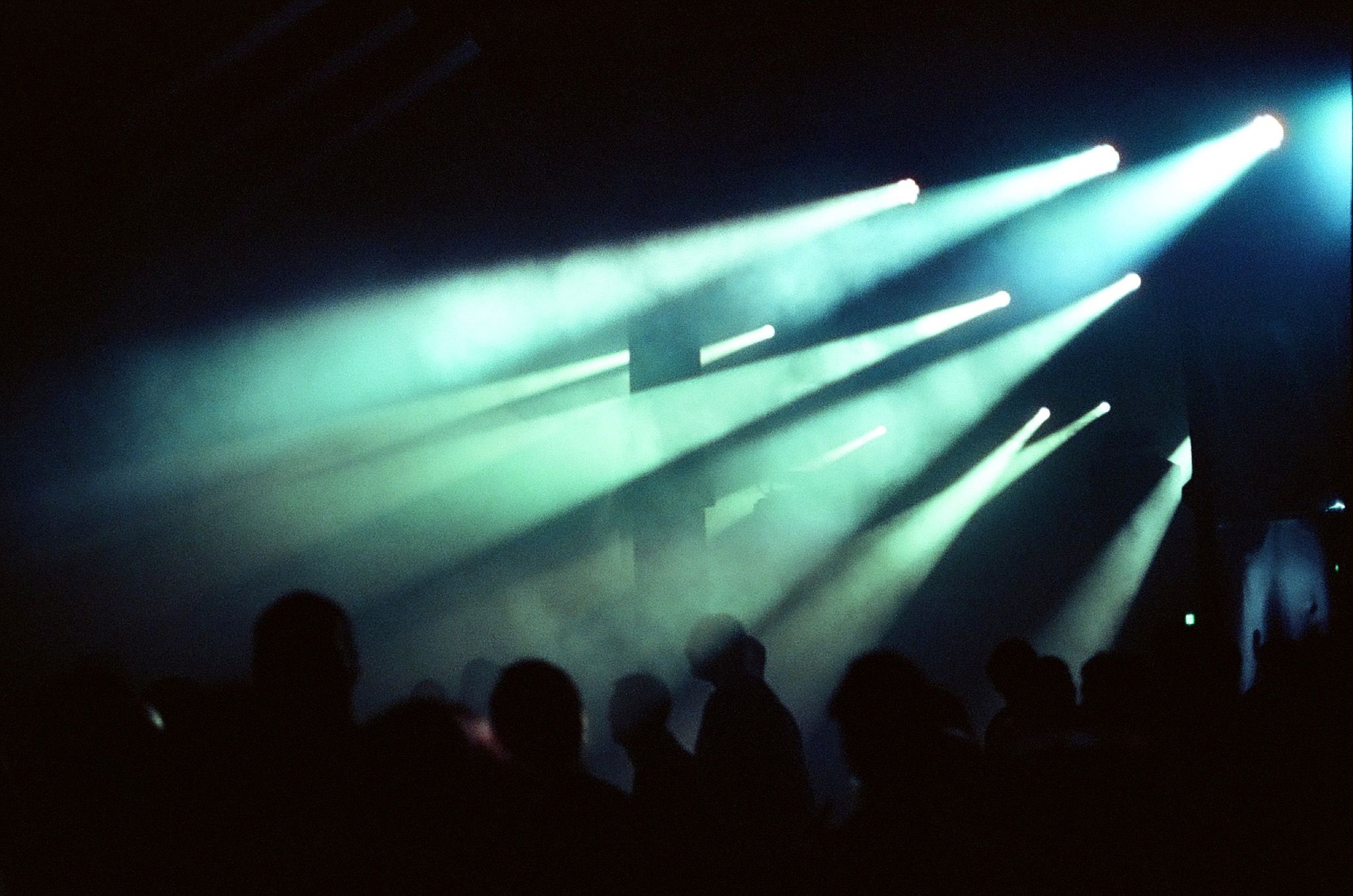
Post-Dance Revolution: Berlin Atonal Returns with Metabolic Rift
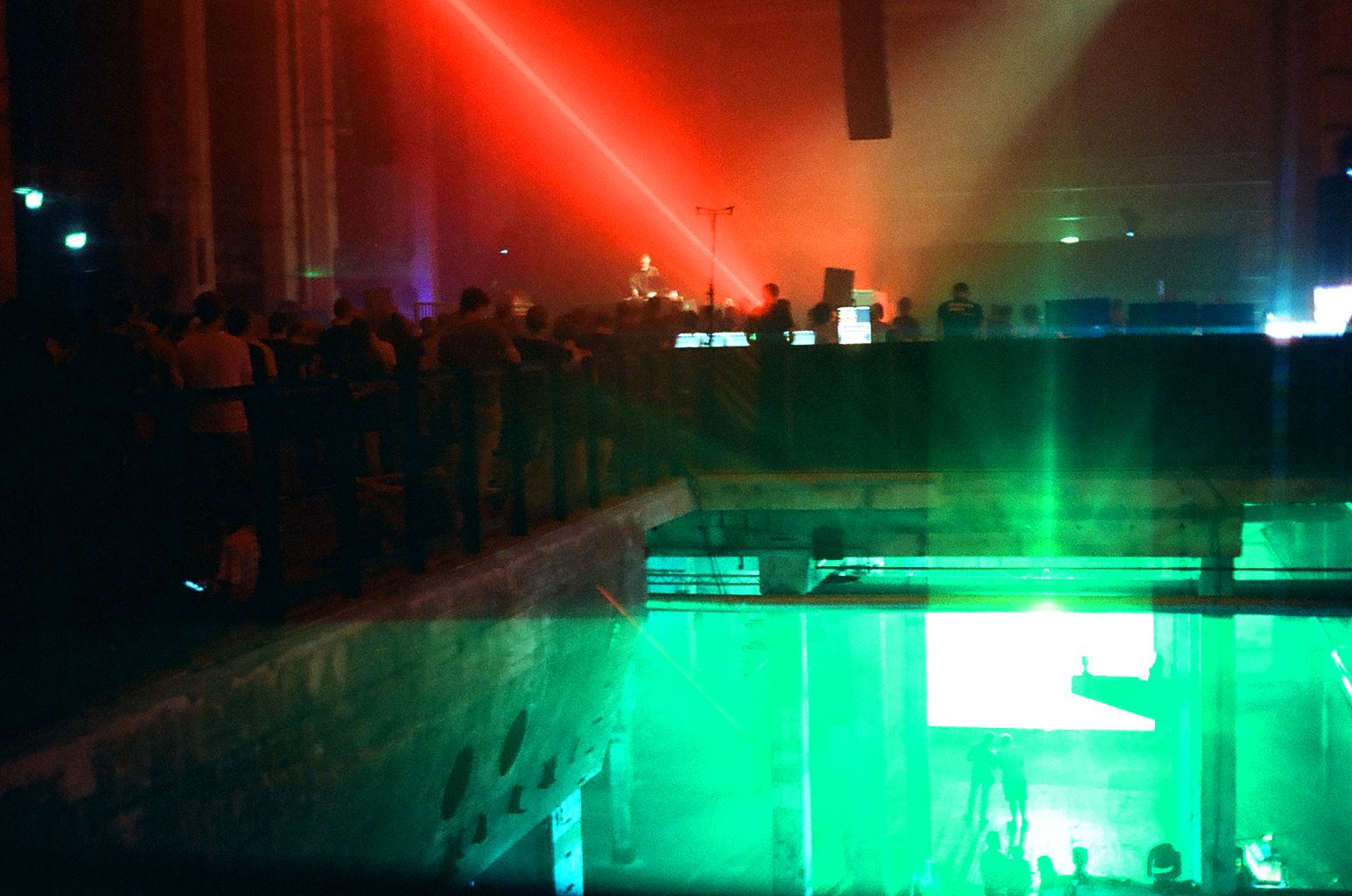
ATONAL, Decentered: What is a festival?
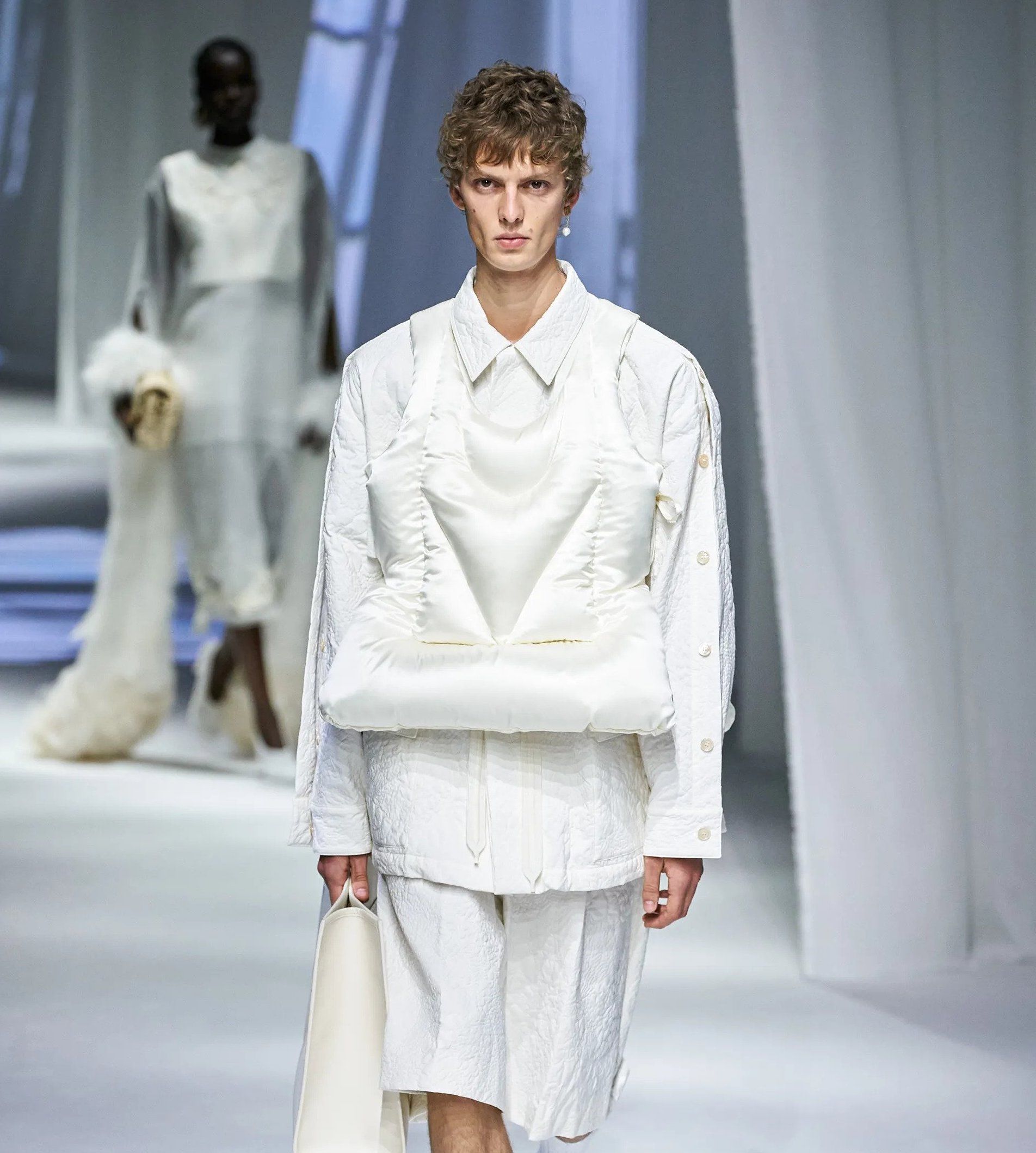
Runway Music with LORENZO SENNI
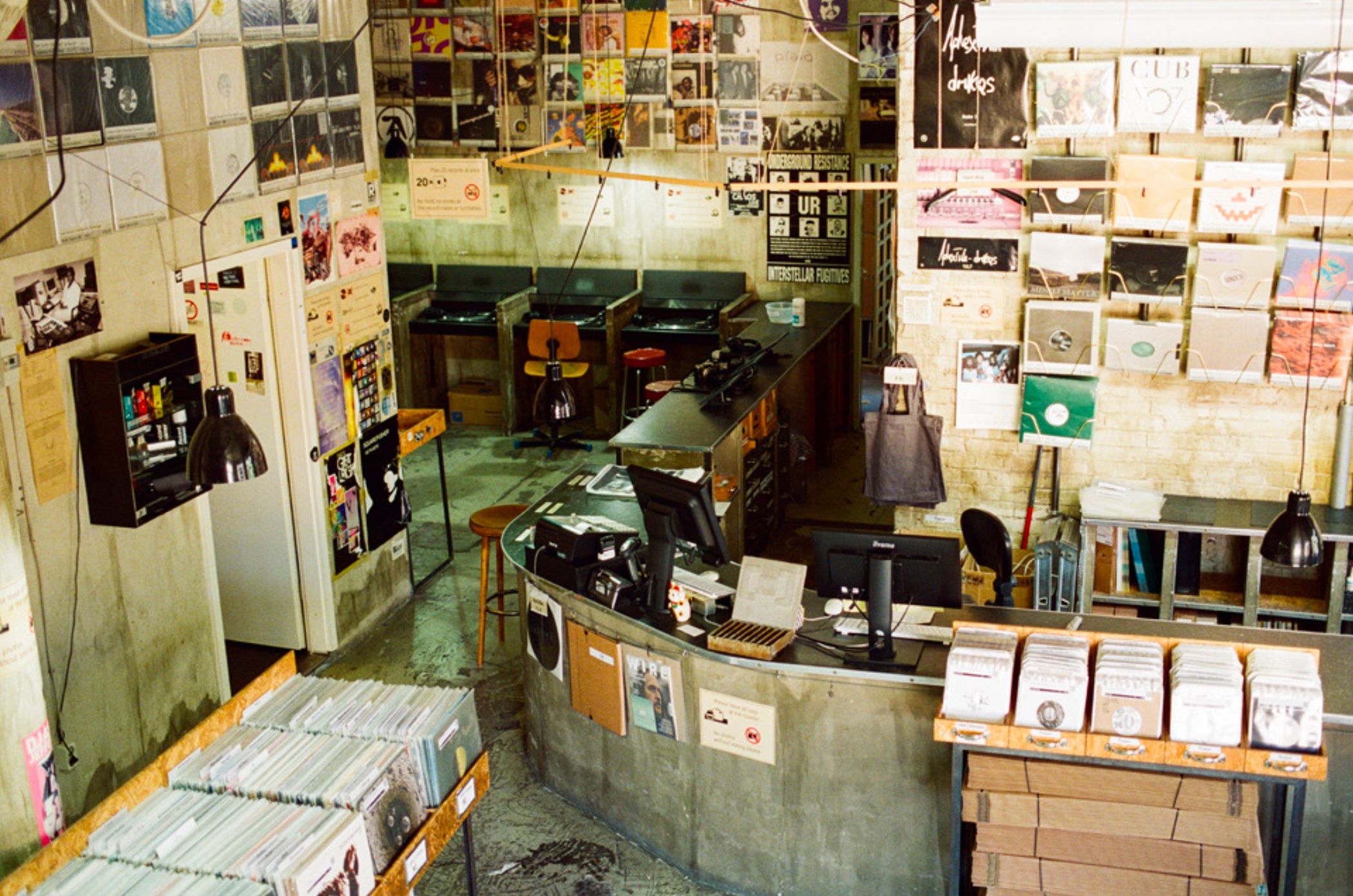
Berlin’s Sonic Mecca
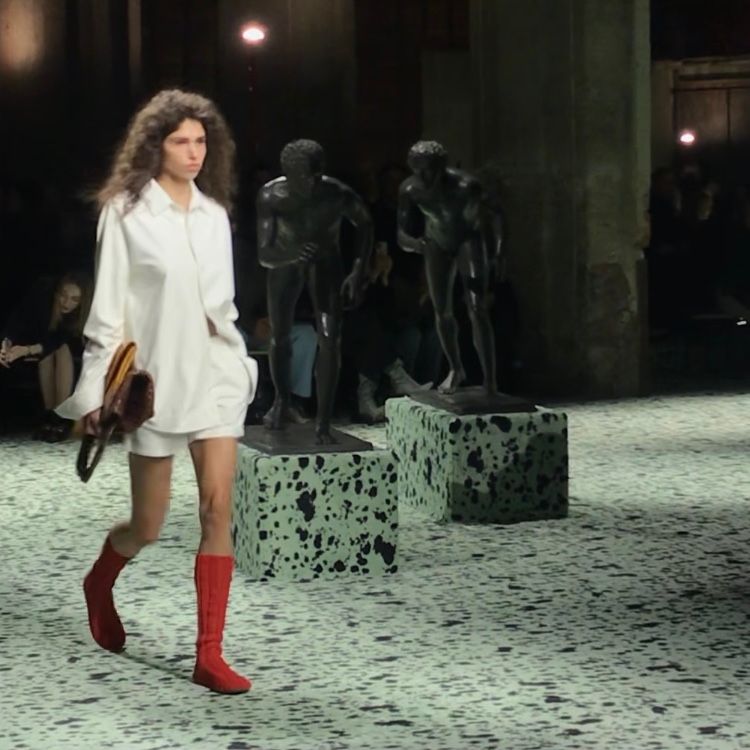
Transmissions: The Hero’s Journey
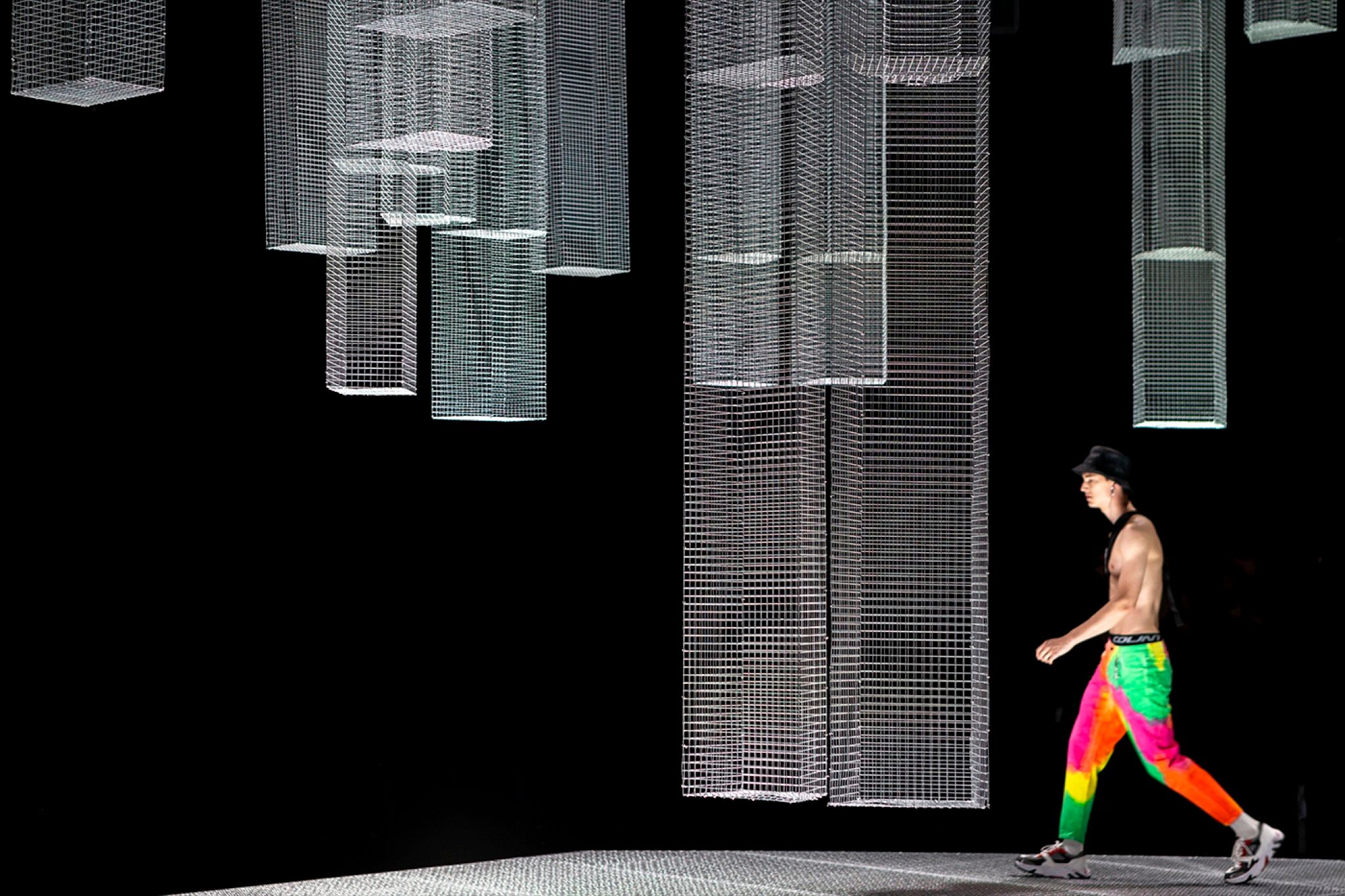
Technofolk Cathedrals: MACELO BURLON and EDOARDO TRESOLDI Show Us How to Collaborate in the Infinite Present
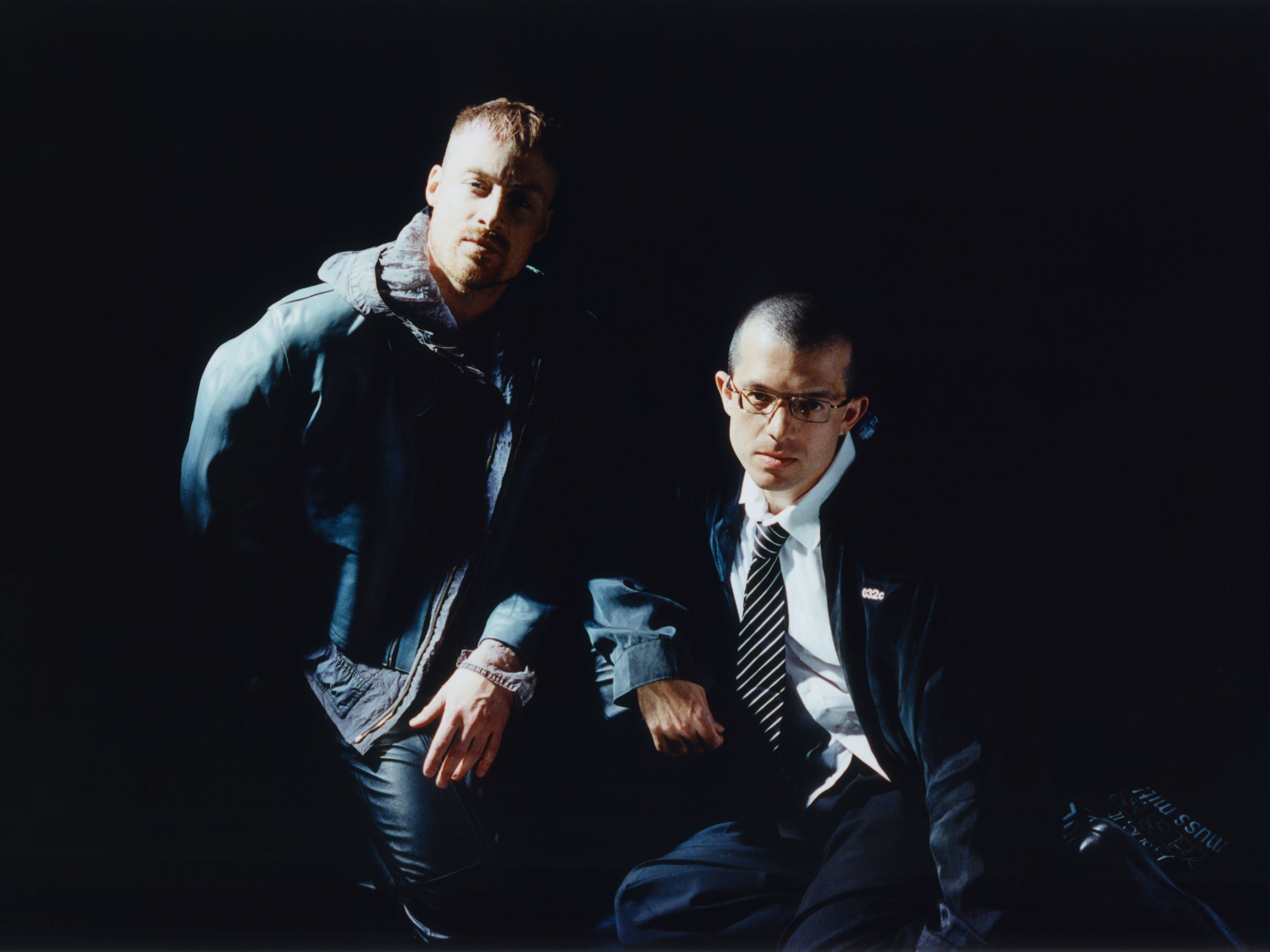
BILLY BULTHEEL and ALEXANDER IEZZI: Sculpting Music in Churches
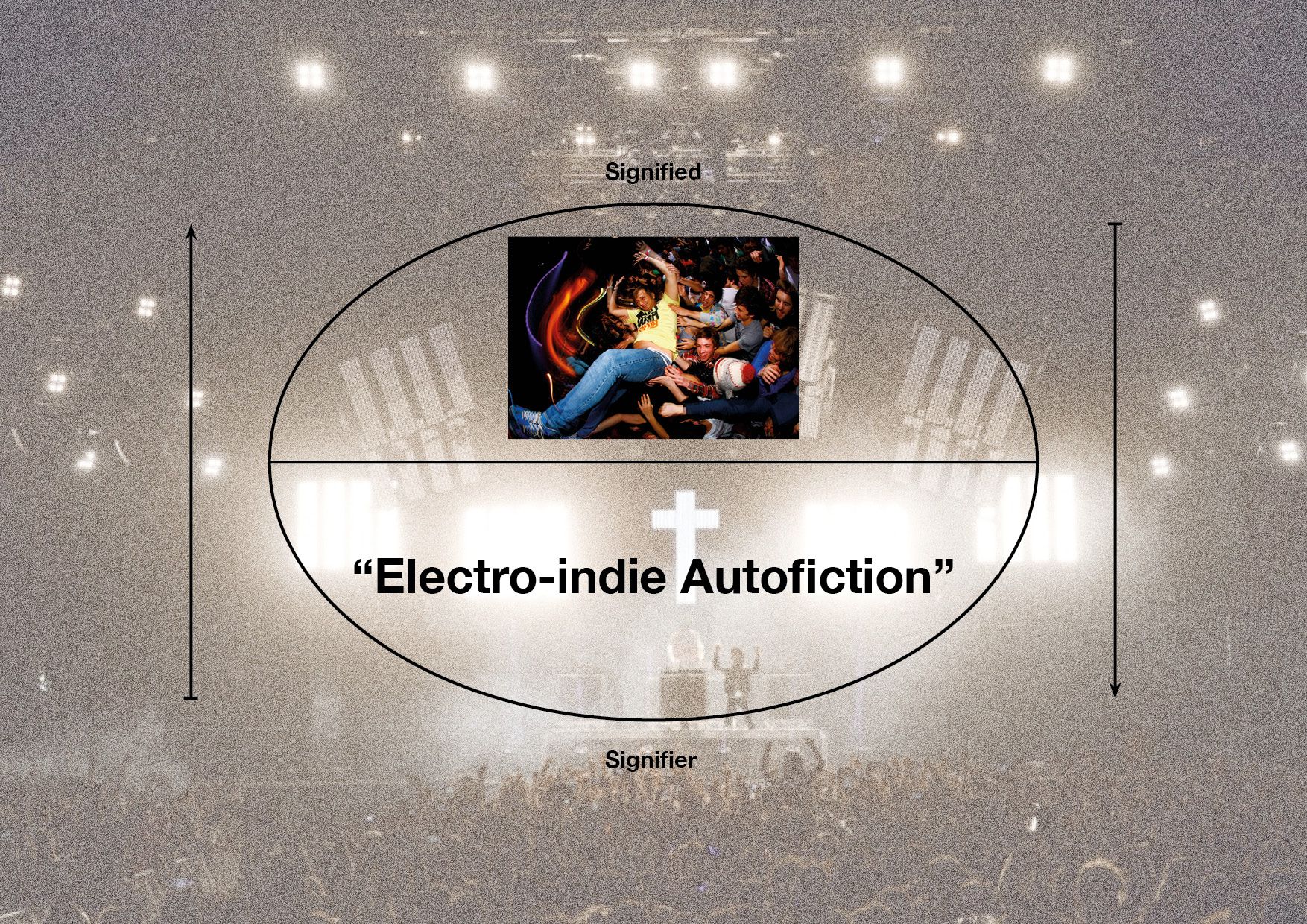
Runway Music: Electro-Indie-It-Girls